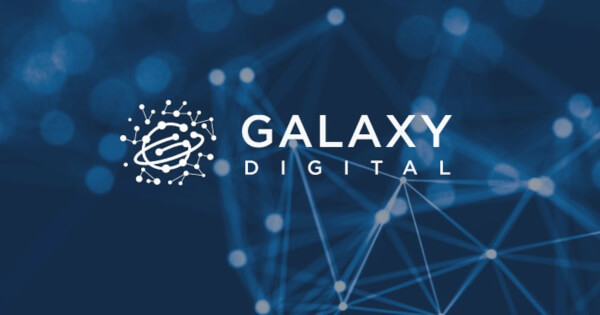Jessie A Ellis
Oct 25, 2024 10:18
Solana, recognized for its speed and efficiency, has bounced back from initial hurdles to establish a foothold in payment and consumer markets. The blockchain is continually advancing amid intensifying competition.

Solana, a high-performance blockchain celebrated for its low latency and user-focused design, has made remarkable progress since its launch. In spite of early obstacles such as network outages and its connection to the now-defunct FTX exchange, Solana has successfully secured its position in payments, decentralized physical infrastructure (DePIN), mobile, and consumer markets. Nevertheless, the blockchain faces rising competition as it seeks to uphold its status as one of the fastest and most efficient platforms, according to galaxy.com.
Background and Innovations
Founded by Anatoly Yakovenko and Raj Gokal, Solana was established to tackle the scalability challenges that plagued Ethereum, placing an emphasis on maximizing speed and data throughput. Its core principles involve utilizing hardware-based scaling, adopting the Proof-of-History consensus mechanism, and upholding a monolithic architecture for seamless application interaction. These characteristics have allowed Solana to attain rapid transaction confirmations and high throughput, although the network has faced hurdles such as congestion caused by spam.
Technological Developments
To mitigate these challenges, Solana has introduced priority fees, local fee markets, and QUIC to improve communication between nodes. Additionally, Jump Crypto is developing the Firedancer validator client, which aims to significantly boost transaction throughput while minimizing hardware requirements. The potential for Firedancer to handle over one million transactions per second could strengthen Solana’s reputation as the fastest blockchain.
Expanding Ecosystem
Following the FTX collapse, Solana’s ecosystem has rebounded, drawing projects from various sectors. In retail, memecoins and NFTs have fueled user engagement, while Solana Pay is gaining popularity in the payments space with partnerships from companies like Visa and PayPal. Furthermore, the DePIN sector has experienced substantial growth, with projects like Helium and Render migrating to Solana due to its technological advantages.
Competitive Landscape
Solana’s main competitors include Ethereum and Layer 2 solutions, which offer modular frameworks for blockchain infrastructure. Additionally, other high-performance blockchains such as Aptos and Sui are emerging with similar speed enhancements. To retain its advantage, Solana must keep innovating and attracting new projects, particularly in the DePIN and payments sectors.
Future Prospects
Looking ahead, Solana’s focus will be on expanding payment solutions, enhancing DePIN initiatives, and boosting institutional adoption. The launch of Token Extensions and gaining regulatory acceptance from entities like the New York State Department of Financial Services indicate positive progress. However, Solana must also address validator economics and fee structures to ensure sustainable growth and profitability for network participants.
Image source: Shutterstock








